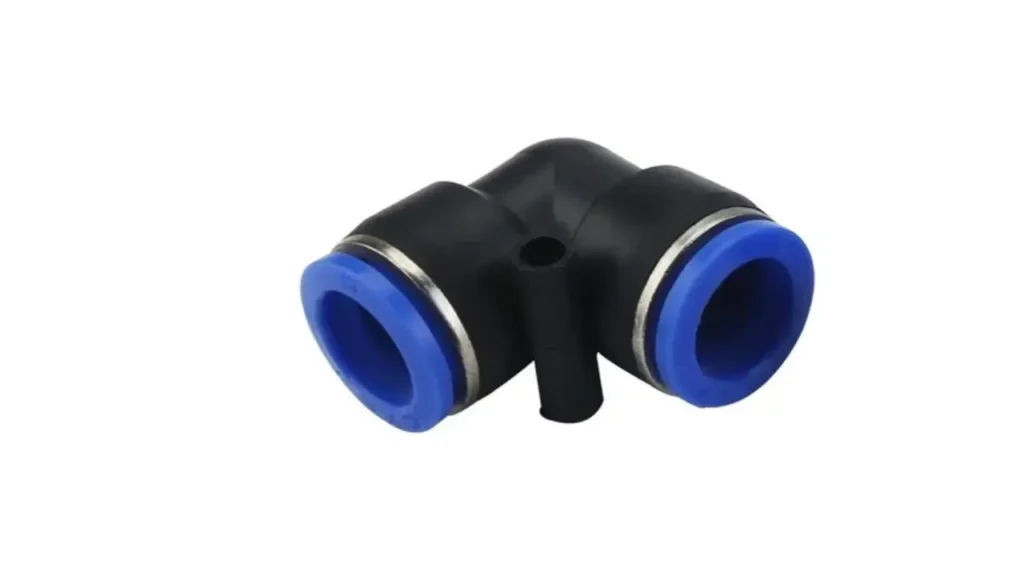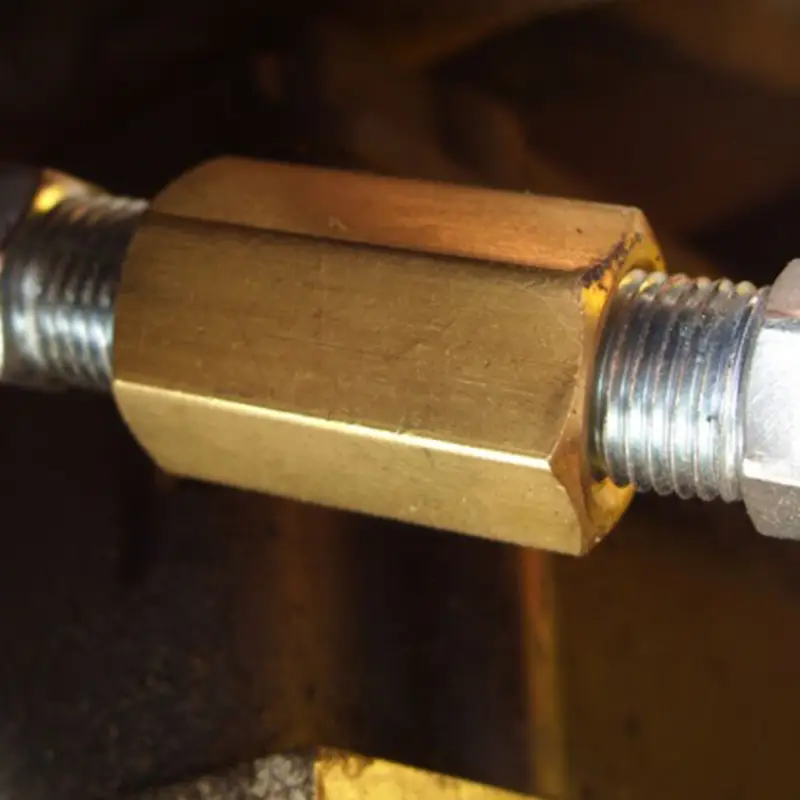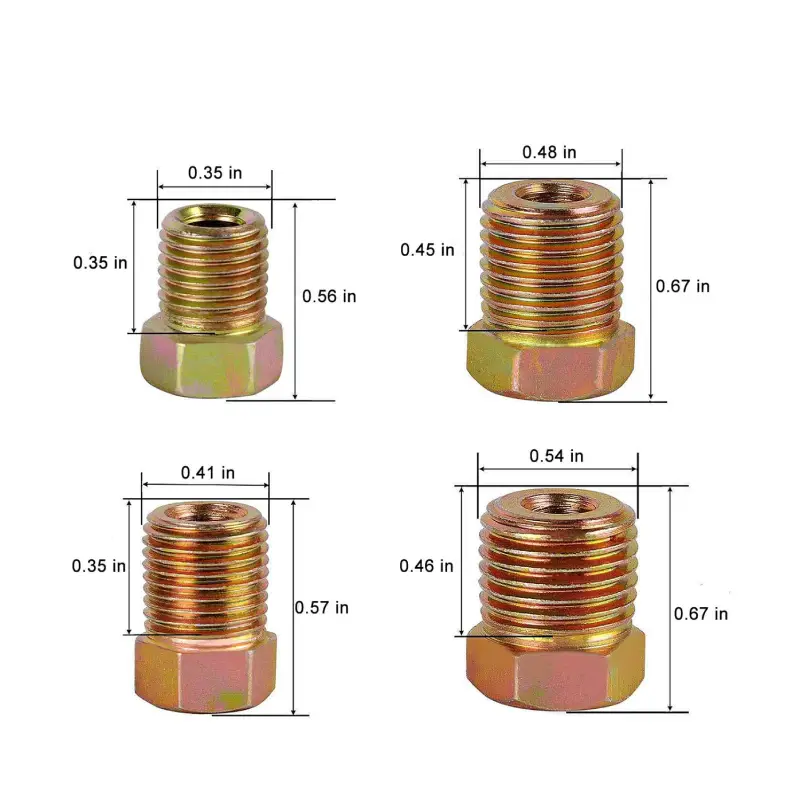Pneumatic fittings, designed for compressed air, are often tempting substitutes for water systems due to their affordability and availability. However, their suitability for water applications is questionable. This blog post delves into the materials, pressure ratings, and potential risks associated with using pneumatic fittings for water, exploring whether it’s a safe and effective alternative.
We’ll examine the differences in sealing mechanisms and material compatibility between pneumatic and hydraulic fittings, highlighting why these distinctions are crucial. Ultimately, we aim to provide clarity on whether pneumatic fittings can handle the specific demands of water systems, ensuring you make informed decisions for your projects.
What Are Pneumatic Fittings

Pneumatic fittings are essential components used in systems that utilize compressed air or other gases. Their primary function is to connect various parts of a pneumatic system, such as hoses, tubes, pipes, valves, and cylinders, ensuring a secure and leak-free flow of air. These fittings are crucial for the efficient and reliable operation of pneumatic tools and machinery.
Typically, pneumatic fittings are designed to operate at lower pressures compared to hydraulic fittings, which handle liquids. They come in a wide array of shapes, sizes, and materials, including brass, stainless steel, and various plastics, to suit diverse applications.
Common types include push-to-connect, threaded, and barbed fittings, each offering unique connection methods and advantages. Their versatility makes them indispensable in numerous industries, from manufacturing and automotive to construction and automation.
Can You Use Pneumatic Fittings for Water?

Whether pneumatic fittings can be used for water applications is complex, and the answer is generally: it’s risky and often not recommended. While there might be instances where it seems feasible, several critical factors must be considered.
Material Compatibility:
- Pneumatic fittings are often made from materials like brass or certain plastics, which may or may not be suitable for prolonged exposure to water.
- Some materials can corrode or degrade when in contact with water, especially if the water contains additives or impurities.
- It is very important to consider if the materials are rated for potable water, if that is the intended use.
Pressure and Temperature Ratings:
- Pneumatic systems typically operate at lower pressures than hydraulic or dedicated water systems.
- Pneumatic fittings might not be designed to withstand the higher pressures or temperature fluctuations that water systems can experience.
- This can lead to leaks or even catastrophic failures.
Sealing Mechanisms:
- The sealing mechanisms in pneumatic fittings are designed to prevent air leaks, which are different from water leaks.
- Water has a lower viscosity than air, meaning it can more easily seep through seals that are effective for air.
- O-rings and other sealing materials can react differently to water than to air.
In essence, while a pneumatic fitting might seem to work in a low-pressure, low-temperature water application, it’s generally not a reliable or safe long-term solution. Using fittings designed specifically for water systems is always the best practice to ensure safety and prevent leaks.
How to Use Pneumatic Fittings for Water?
While generally discouraged, there might be very specific, low-risk scenarios where someone considers using pneumatic fittings for water. However, extreme caution is necessary. If you must proceed, understand the risks and take meticulous steps. Proceed at your own risk.
Material Selection
Choosing the right material is paramount. Look for pneumatic fittings made from materials that are known to be water-resistant and non-corrosive. Stainless steel is a good option, as it resists rust and corrosion. Certain types of plastics, like those rated for potable water, might also be suitable. Avoid materials like brass, which can corrode over time when exposed to water, especially if the water is not pure.
Ensure the fitting’s material is compatible with the specific type of water you’re using. If the water contains chemicals or additives, verify that the fitting material won’t react negatively. Always check the manufacturer’s specifications for material compatibility and water resistance. If you are unsure, do not proceed.
Pressure and Temperature Considerations
Carefully evaluate the pressure and temperature ratings of the pneumatic fittings. They must be able to withstand the maximum pressure and temperature that the water system will experience. Pneumatic fittings are generally designed for lower pressures compared to hydraulic or dedicated water fittings, so exceeding their limits can lead to leaks or failures.
Ensure the fittings are rated for the temperature range of the water. Hot water, in particular, can degrade certain materials and seals. Check the manufacturer’s specifications for both pressure and temperature ratings, and always err on the side of caution. If the ratings are close to the expected operating conditions, it is safest to use a different fitting.
Sealing and Installation
Proper sealing is critical to prevent leaks. Use thread sealant or Teflon tape specifically designed for water applications. Ensure the seals are made from materials that are compatible with water and won’t degrade over time. O-rings made from EPDM or Viton are often suitable for water applications.
Install the fittings carefully and securely, following the manufacturer’s instructions. Over-tightening can damage the fittings or seals, while under-tightening can lead to leaks. Test the system thoroughly after installation to check for leaks and ensure proper operation. It is best to test with air first, if possible, and then with water.
Considerations about Pneumatic Fittings for Water
Using pneumatic fittings for water introduces several considerations beyond basic compatibility. It’s crucial to assess the long-term implications and potential risks associated with this unconventional application. Here are key points to ponder:
Longevity and Reliability:
- Pneumatic fittings might work initially, but their long-term performance in water systems is uncertain.
- Repeated exposure to water can accelerate wear and tear, leading to premature failure.
- The seals might degrade faster, requiring more frequent replacements.
Safety and Regulations:
- Using non-standard fittings in water systems can violate building codes or safety regulations.
- If the system fails and causes damage, insurance coverage might be affected.
- Consider the implications if the water is potable, as contaminates can leach from the fittings.
Ultimately, while the appeal of using readily available pneumatic fittings might be strong, the potential drawbacks far outweigh the benefits. It’s essential to prioritize safety, reliability, and regulatory compliance when dealing with water systems. Using fittings designed and rated for water is the most prudent and responsible approach.
Conclusion
While pneumatic fittings can handle water, it’s not their primary purpose. Material compatibility and pressure ratings are vital considerations. Using them for water requires careful assessment, as they’re optimized for air. Incorrect application risks leaks and failures, compromising system integrity. Always prioritize fittings designed specifically for water when possible.
Choosing the right fittings ensures system longevity and safety. If you’re considering using pneumatic fittings for water, proceed with caution and thorough research. Understanding the limitations and potential risks is paramount. Consulting with a specialist is advisable to ensure a safe and effective setup.
Ultimately, while the flexibility exists, it’s crucial to understand the nuances of using pneumatic fittings for water. For reliable, high-quality pneumatic fittings designed for optimal performance, explore the extensive range available at DF Hydraulics.



